Home>Garden Essentials>How Do You Prepare Chia Seeds
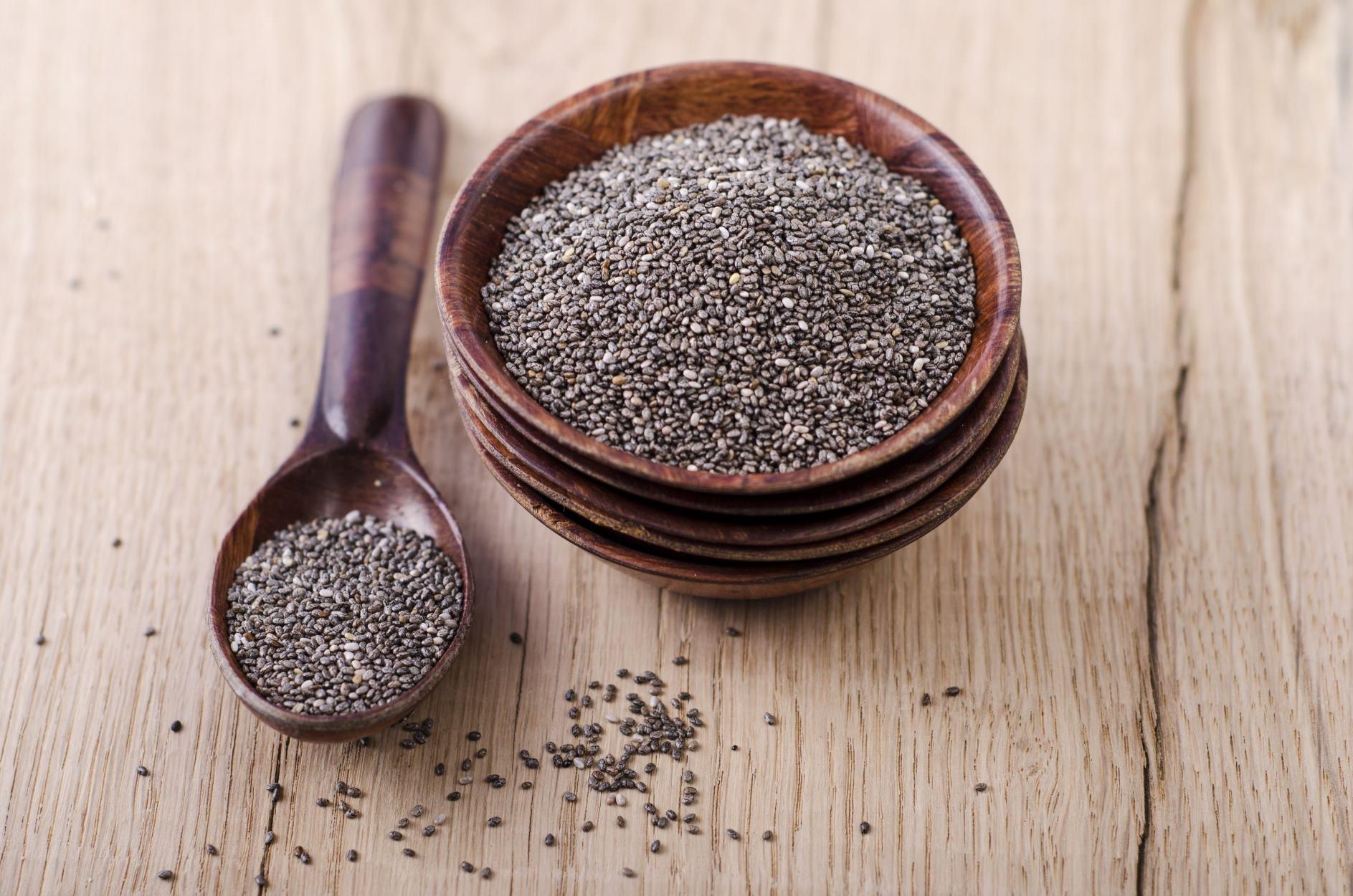

Garden Essentials
How Do You Prepare Chia Seeds
Modified: March 24, 2024
Learn how to prepare chia seeds for your garden and enjoy their nutritional benefits. Discover simple techniques and tips for gardening with chia seeds.
(Many of the links in this article redirect to a specific reviewed product. Your purchase of these products through affiliate links helps to generate commission for Storables.com, at no extra cost. Learn more)
Introduction
Welcome to the fascinating world of chia seeds! These tiny powerhouses have gained immense popularity in recent years, thanks to their numerous health benefits and versatility in the kitchen. Originally cultivated by the ancient Aztecs and Mayans, chia seeds have made a triumphant comeback as a superfood, capturing the attention of health-conscious individuals and food enthusiasts alike.
Chia seeds are packed with essential nutrients, including protein, fiber, omega-3 fatty acids, antioxidants, and various vitamins and minerals. They boast an impressive nutritional profile that can contribute to overall well-being and support a healthy lifestyle.
In this article, we will delve into the benefits of consuming chia seeds, discuss tips for purchasing and storing them, explore different ways to prepare them, and even take a look at some mouthwatering chia seed recipes. So, get ready to discover the wonders of chia seeds and unlock their incredible potential in your daily life.
Key Takeaways:
- Chia seeds are a nutritional powerhouse, offering benefits like aiding digestion, managing blood sugar, and promoting heart health. They’re versatile and can be used in various recipes to boost nutrition and add texture.
- When purchasing chia seeds, look for organic, whole, and fresh varieties. Proper storage in an airtight container, away from moisture and strong odors, is essential. Chia seeds can be easily prepared by soaking, grinding, or using as an egg substitute.
Read more: How To Prepare Chia Seeds For Dogs
Benefits of Chia Seeds
Despite their small size, chia seeds offer a wide array of health benefits that make them a valuable addition to any diet. Here are some of the key benefits of consuming chia seeds:
- Excellent source of nutrients: Chia seeds are packed with essential nutrients, including protein, fiber, calcium, magnesium, and phosphorus. They also contain antioxidants, such as flavonoids and phenolic compounds, which help protect the body against oxidative stress.
- Rich in omega-3 fatty acids: Chia seeds are one of the richest plant-based sources of omega-3 fatty acids, particularly alpha-linolenic acid (ALA). These healthy fats are crucial for brain health, heart health, and reducing inflammation in the body.
- Aids in digestion: The high fiber content in chia seeds promotes healthy digestion and helps prevent constipation. When immersed in liquid, chia seeds form a gel-like substance, which can help soften and bulk up stool, providing relief from gastrointestinal issues.
- Manages blood sugar levels: Chia seeds have a low glycemic index, meaning they don’t cause sharp spikes in blood sugar levels. The combination of soluble fiber and protein in chia seeds helps slow down the digestion process and promotes a gradual release of glucose into the bloodstream, which can be particularly beneficial for individuals with diabetes or those seeking to maintain stable blood sugar levels.
- Supports weight management: The high fiber and protein content in chia seeds can help promote feelings of fullness and satiety, potentially aiding in weight management. Additionally, the gel-like consistency formed when chia seeds are soaked in liquid can increase their volume, making you feel more satisfied with fewer calories.
- Boosts energy and endurance: Traditionally, chia seeds were used by ancient civilizations, like the Aztecs and Mayans, as a source of sustainable energy during long treks or battles. This is because chia seeds are rich in carbohydrates, protein, and healthy fats, providing a slow and steady release of energy, making them a perfect addition to your pre-workout snack or meal.
- Promotes heart health: The combination of anti-inflammatory omega-3 fatty acids, fiber, and plant compounds in chia seeds can help reduce the risk of heart disease. Studies have shown that consuming chia seeds can help lower blood pressure, cholesterol levels, and markers of inflammation, all of which are contributing factors to heart disease.
With their impressive nutritional profile, chia seeds offer a multitude of health benefits that can support overall well-being and vitality. Incorporating these tiny seeds into your diet is a simple and effective way to maximize your nutritional intake and optimize your health.
Purchasing Chia Seeds
When it comes to purchasing chia seeds, there are a few factors to consider to ensure you get the best quality and value for your money. Here are some tips to help you navigate the chia seed market:
- Look for organic certification: Opt for organic chia seeds whenever possible. Organic certification ensures that the seeds were grown without the use of synthetic pesticides, fertilizers, or genetically modified organisms (GMOs), making them a healthier and more environmentally friendly choice.
- Choose whole seeds: Whole chia seeds retain their nutritional integrity and can be stored for longer periods. Avoid purchasing pre-ground chia seeds unless you plan to use them immediately, as they have a shorter shelf life and may lose some of their nutritional value.
- Check for freshness: As with any seed or grain, freshness is key. Look for chia seeds that have a pleasant, nutty aroma and a dark color. Avoid seeds that appear dull or have a rancid smell, as this may indicate that they have gone bad.
- Read the label: Take a close look at the packaging label to ensure that the chia seeds are free from any additives, preservatives, or additional ingredients. Ideally, the ingredient list should contain only one item: chia seeds.
- Consider the source: Chia seeds can be sourced from various regions, including South America, Mexico, and Australia. While the nutritional content may not vary significantly, you may want to support smaller-scale farmers by purchasing seeds from smaller, sustainable producers.
- Buy in bulk: If you consume chia seeds regularly, purchasing them in bulk can be a cost-effective option. Many health food stores and online retailers offer bulk options where you can buy larger quantities at a lower price per ounce.
Remember to store your chia seeds properly to maintain their freshness and extend their shelf life. Proper storage techniques will be discussed in the next section.
By following these tips, you can confidently choose high-quality chia seeds that will provide you with maximum nutritional benefits and culinary versatility.
Storing Chia Seeds
Proper storage is essential to maintain the freshness and nutritional value of chia seeds. When stored correctly, chia seeds can remain viable and edible for an extended period. Here are some tips for storing chia seeds:
- Keep it airtight: Chia seeds have a high oil content, which means they are prone to oxidation and spoilage when exposed to air. To prevent this, it’s crucial to store chia seeds in an airtight container, such as a glass jar or a resealable bag.
- Avoid moisture: Moisture can cause chia seeds to clump together and lose their quality. Store them in a cool, dry place away from direct sunlight and any sources of moisture, such as the kitchen sink or the refrigerator door.
- Consider refrigeration: While not necessary, storing chia seeds in the refrigerator can help prolong their shelf life, especially in warmer climates. Make sure to place them in an airtight container to protect them from any odors or moisture in the fridge.
- Label and date: It’s always a good practice to label your storage container with the date of purchase or the date when you opened the package. This will help you keep track of the freshness and ensure that you use the oldest seeds first.
- Keep away from strong odors: Chia seeds have a neutral flavor, which makes them prone to absorbing odors from their surroundings. To prevent your chia seeds from taking on unwanted flavors, store them away from strong-smelling substances like spices, onions, or cleaning products.
- Check for freshness: Periodically inspect your stored chia seeds for signs of spoilage or rancidity. If you notice any off smells, discoloration, or a sour taste, it’s best to discard them and purchase a fresh batch.
Following these storage guidelines will help you maintain the quality of your chia seeds and ensure that they remain fresh and ready to use for an extended period. Now that you know how to store them properly, let’s move on to the next section and learn how to prepare chia seeds for consumption.
Soak chia seeds in water or milk for at least 15 minutes to create a gel-like consistency. This makes them easier to digest and can be added to smoothies, oatmeal, or used as an egg substitute in baking.
Preparing Chia Seeds for Consumption
Preparing chia seeds for consumption is incredibly easy and only requires a few simple steps. Here’s how to make the most of these tiny wonders:
- Soaking chia seeds: One of the most common ways to prepare chia seeds is by soaking them in a liquid. This allows the seeds to absorb the liquid and develop a gel-like consistency, which enhances their digestibility and makes them more palatable. To soak chia seeds, simply combine 1 tablespoon of chia seeds with 3 tablespoons of liquid, such as water, coconut milk, or almond milk. Let the mixture sit for at least 15 minutes, or even overnight, until a gel is formed. You can then use this gel in a variety of recipes, such as puddings, smoothies, or as a topping for yogurt or oatmeal.
- Grinding chia seeds: If you prefer a finer texture or want to incorporate chia seeds into baking recipes, you can grind them into a powder using a coffee grinder or a high-speed blender. Ground chia seeds can be used as a gluten-free flour substitute in recipes like pancakes, muffins, or bread. Just remember that ground chia seeds have a shorter shelf life compared to whole chia seeds, so it’s best to grind them as needed.
- Adding chia seeds to recipes: Chia seeds can be added to a wide range of recipes to boost their nutritional value. You can sprinkle them on top of salads, stir them into dressings or sauces, include them in energy bars or granola, or even mix them into your favorite baked goods. The possibilities are endless!
- Using chia seeds as an egg substitute: Chia seeds can be used as an excellent vegan egg substitute in baking recipes. Simply mix 1 tablespoon of ground chia seeds with 3 tablespoons of water, and let the mixture sit for a few minutes until it forms a gel-like consistency. This “chia egg” can be used as a binding agent in recipes like pancakes, cookies, or cakes.
Remember to adjust the amount of liquid you use when incorporating chia seeds into recipes, as they have the ability to absorb a significant amount of liquid and thicken the mixture.
Now that you know how to prepare chia seeds, let’s explore some delicious recipes that showcase the versatility of these nutritious seeds.
Read more: How Do You Drink Chia Seeds
Chia Seed Recipes
Chia seeds are incredibly versatile and can be incorporated into a wide variety of recipes, both sweet and savory. Here are a few delicious chia seed recipes to inspire you:
- Chia Pudding: Chia pudding is a creamy and nutritious treat that can be enjoyed for breakfast or as a healthy dessert. To make chia pudding, combine 1/4 cup of chia seeds with 1 cup of your favorite milk (such as almond milk, coconut milk, or oat milk) in a mason jar or bowl. Add a sweetener of your choice, such as maple syrup or honey, along with a splash of vanilla extract. Stir well and let the mixture sit in the refrigerator for at least 2 hours or until it thickens. You can then top it with fresh fruits, nuts, or a sprinkle of cinnamon for added flavor.
- Chia Energy Balls: Chia energy balls are a perfect on-the-go snack packed with protein, fiber, and healthy fats. In a food processor, combine 1 cup of dates, 1/2 cup of nuts (such as almonds, cashews, or walnuts), 2 tablespoons of chia seeds, 2 tablespoons of nut butter, a pinch of salt, and any additional flavorings you desire (such as cocoa powder or vanilla extract). Process the mixture until it forms a sticky dough. Roll the dough into small balls, and refrigerate them for at least 30 minutes to set. These energy balls can be stored in an airtight container in the refrigerator for up to a week.
- Chia Jam: Chia jam is a healthier alternative to traditional jam, as it doesn’t require excessive amounts of sugar or pectin. In a saucepan, combine 2 cups of fresh or frozen berries of your choice with 2 tablespoons of chia seeds and 2 tablespoons of sweetener (such as maple syrup or honey). Cook the mixture over medium-low heat, stirring occasionally, until the berries soften and break down. Mash the berries with a fork or blend the mixture with an immersion blender for a smoother consistency. Let the jam cool, and transfer it to a jar. Store it in the refrigerator for up to two weeks and enjoy it on toast, oatmeal, or yogurt.
- Chia Smoothie: Chia seeds can be added to your favorite smoothie recipe, providing an extra boost of nutrition and helping to thicken the texture. In a blender, combine 1 cup of frozen fruits, such as berries or tropical fruits, 1-2 tablespoons of chia seeds, 1 cup of your choice of liquid (such as coconut water, almond milk, or yogurt), and any additional ingredients like spinach, protein powder, or nut butter. Blend until smooth and creamy. Pour into a glass, and enjoy a refreshing and nutritious chia smoothie.
- Chia Salad Dressing: Chia seeds can be used to create a healthier and more nutrient-dense salad dressing. In a small bowl, whisk together 2 tablespoons of chia seeds, 1/4 cup of olive oil, 2 tablespoons of balsamic vinegar, 1 tablespoon of lemon juice, 1 teaspoon of Dijon mustard, a pinch of salt, and a dash of honey or maple syrup for sweetness. Let the dressing sit for a few minutes to allow the chia seeds to absorb the liquid and thicken the dressing. Drizzle over your favorite salad for a nutritious and flavorful boost.
Feel free to get creative with your chia seed recipes and explore different flavors and combinations. Whether you prefer sweet or savory dishes, chia seeds can elevate the nutritional value of your meals and add a delightful texture. Enjoy the versatility and health benefits that chia seeds offer!
Conclusion
Chia seeds are undoubtedly a nutritional powerhouse that offers a myriad of health benefits and culinary possibilities. These tiny seeds, once revered by ancient civilizations, have made a remarkable comeback in modern times, capturing the attention of health-conscious individuals and food enthusiasts.
From their impressive nutrient content to their ability to support digestion, manage blood sugar levels, and promote heart health, chia seeds are a valuable addition to any diet. Their versatility allows them to be incorporated into a wide range of recipes, including chia puddings, energy balls, jams, smoothies, and salad dressings.
When purchasing chia seeds, opt for organic varieties whenever possible and ensure they are whole and fresh. Proper storage techniques, such as keeping them airtight and avoiding moisture, can help maintain their quality and prolong their shelf life.
Preparing chia seeds is a simple and straightforward process, whether you choose to soak them in liquid, grind them, or use them as an egg substitute. The gel-like consistency they develop when soaked makes them an excellent addition to various recipes.
By enjoying chia seeds regularly, you can enhance your nutritional intake, support overall well-being, and explore new and exciting flavors in your kitchen.
So why wait? Start incorporating chia seeds into your daily routine, and experience the countless benefits these tiny powerhouses have to offer. Let chia seeds become your new go-to ingredient for optimal health and culinary creativity.
Frequently Asked Questions about How Do You Prepare Chia Seeds
Was this page helpful?
At Storables.com, we guarantee accurate and reliable information. Our content, validated by Expert Board Contributors, is crafted following stringent Editorial Policies. We're committed to providing you with well-researched, expert-backed insights for all your informational needs.
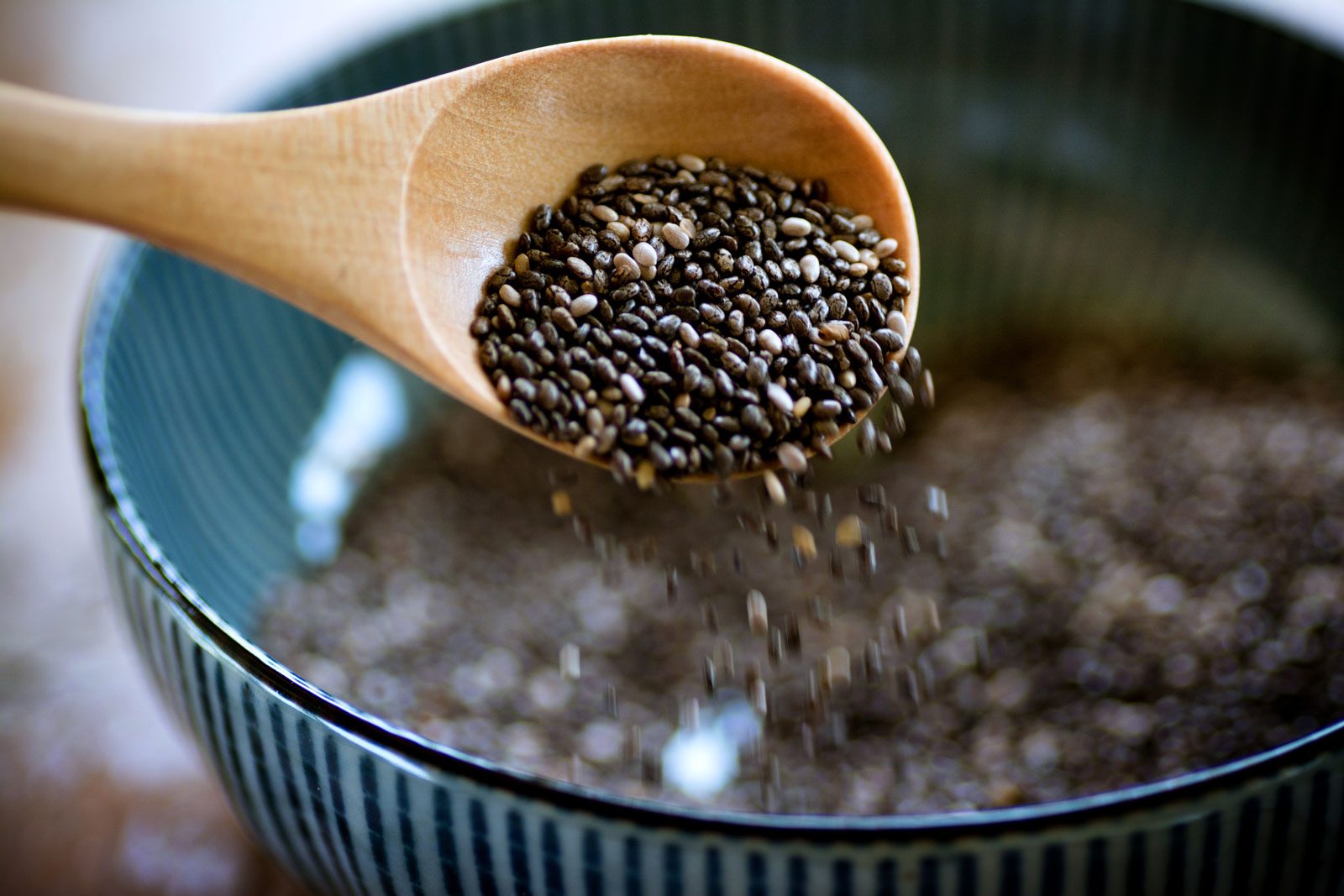
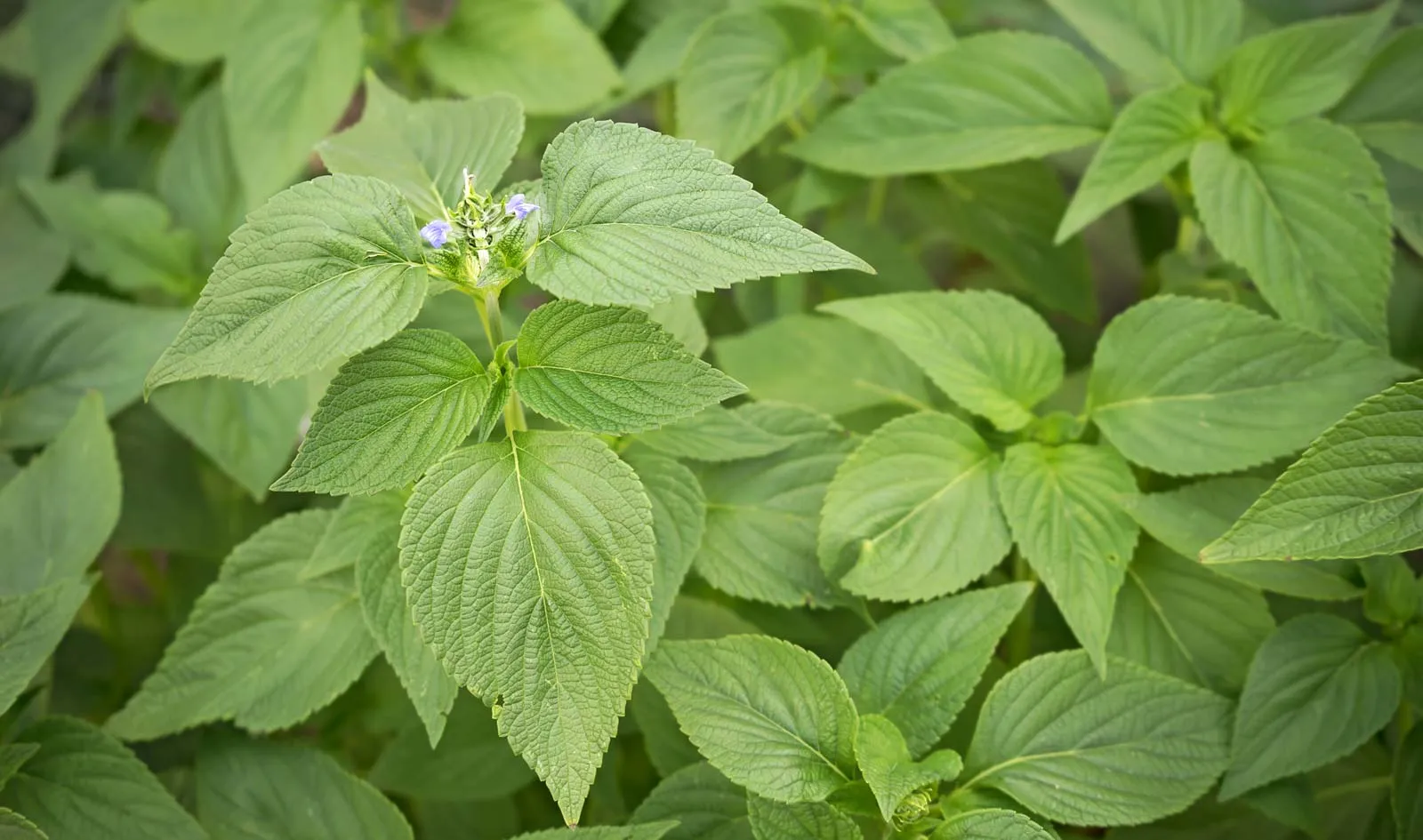
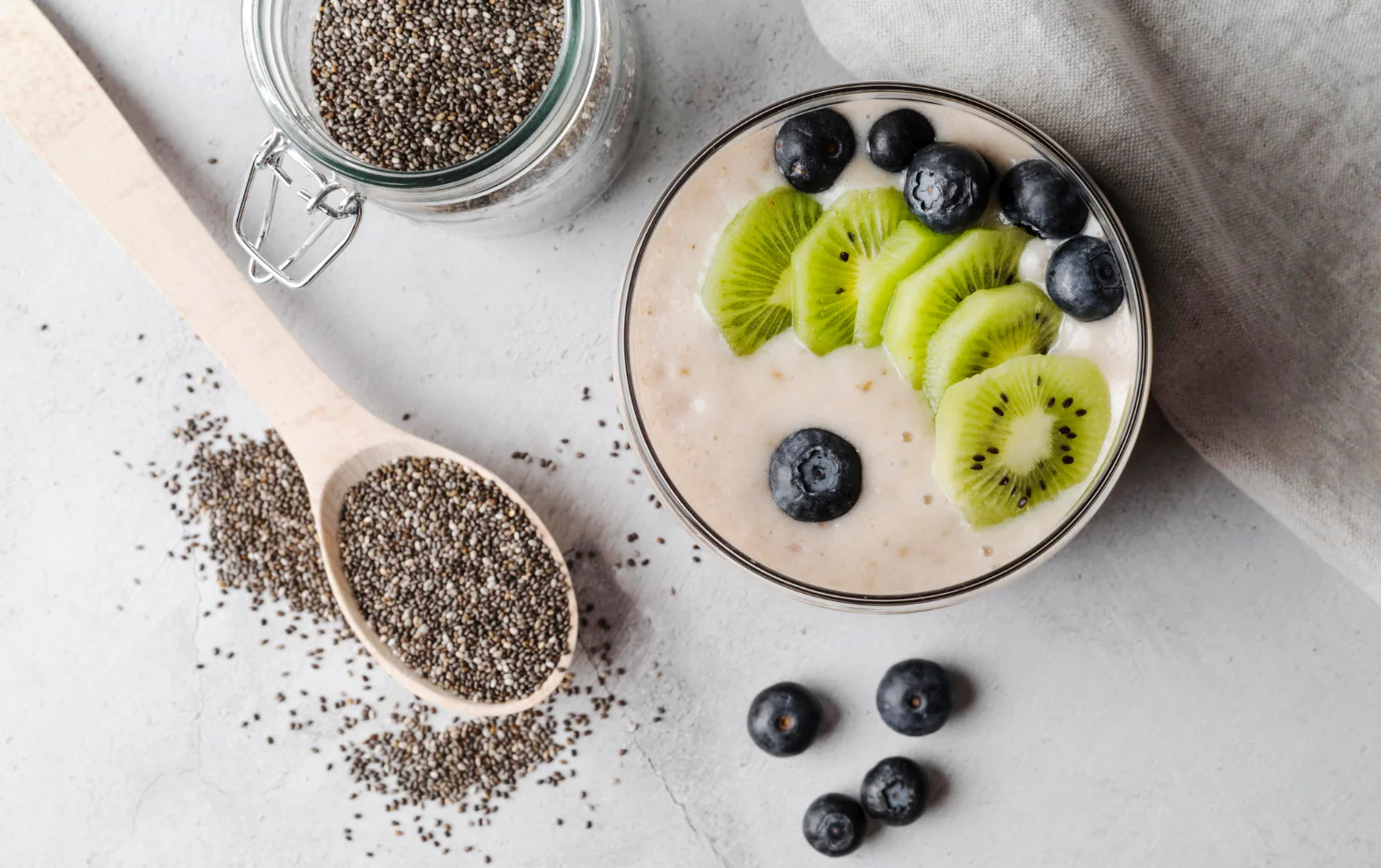
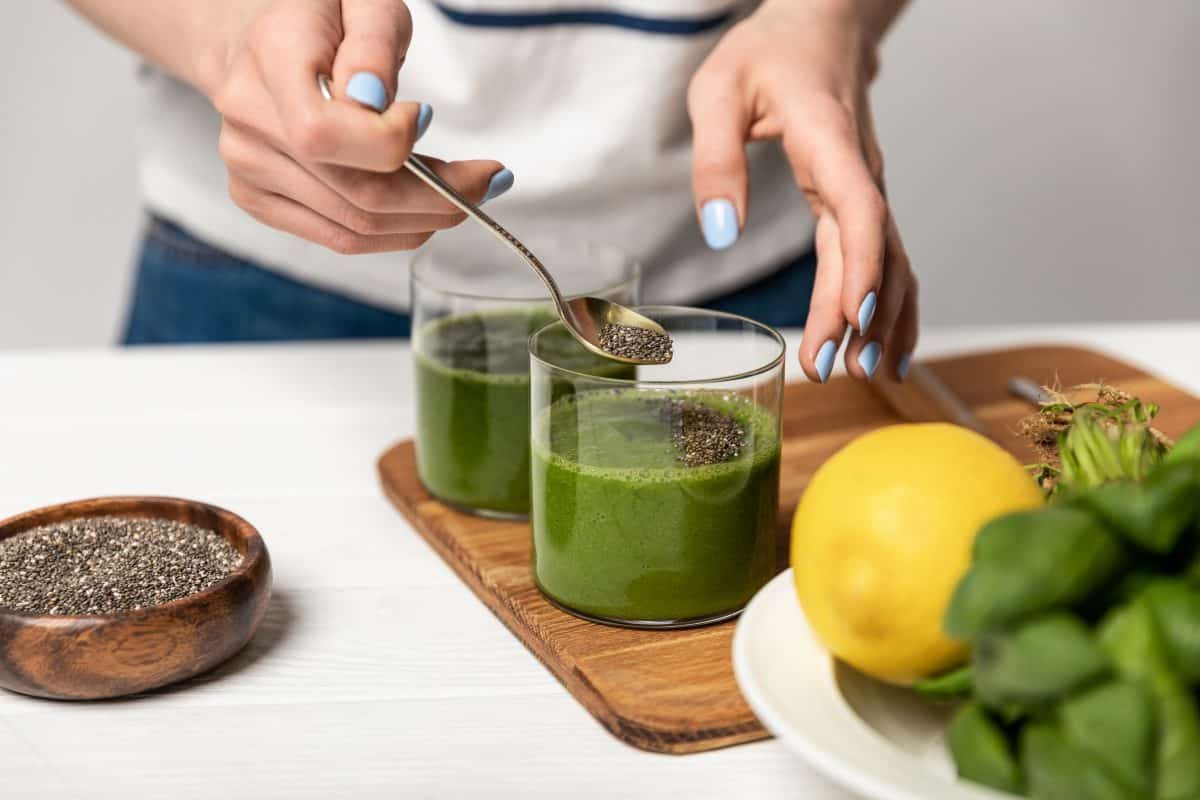
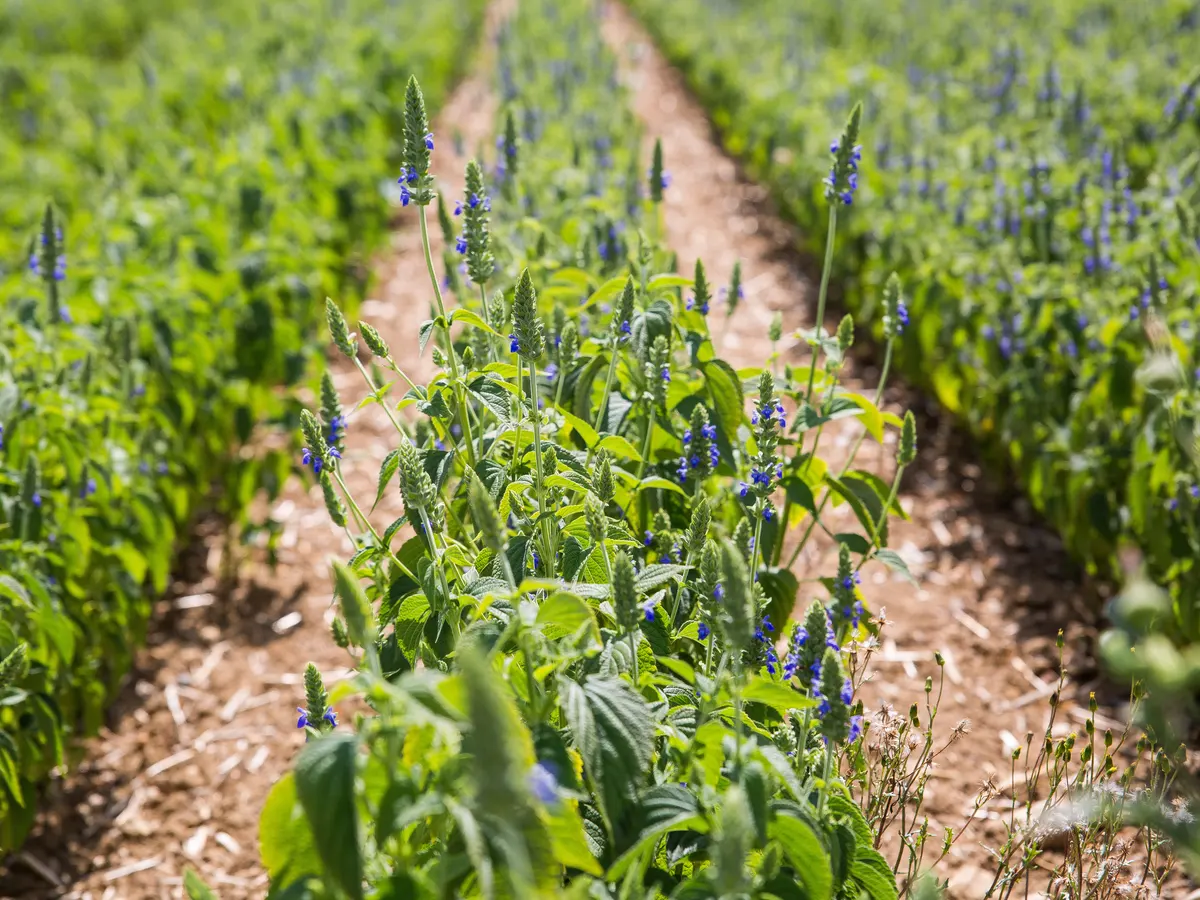
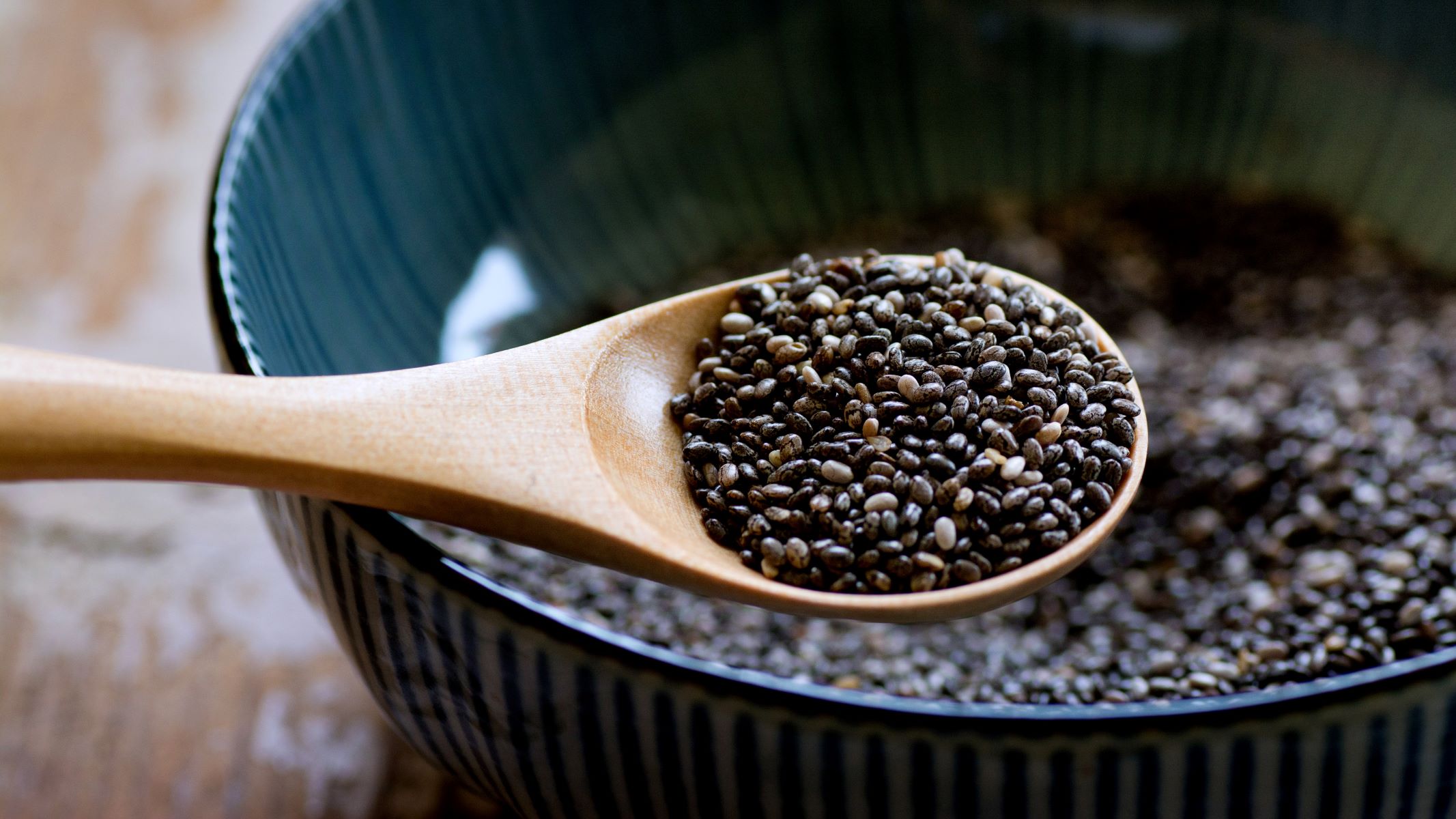
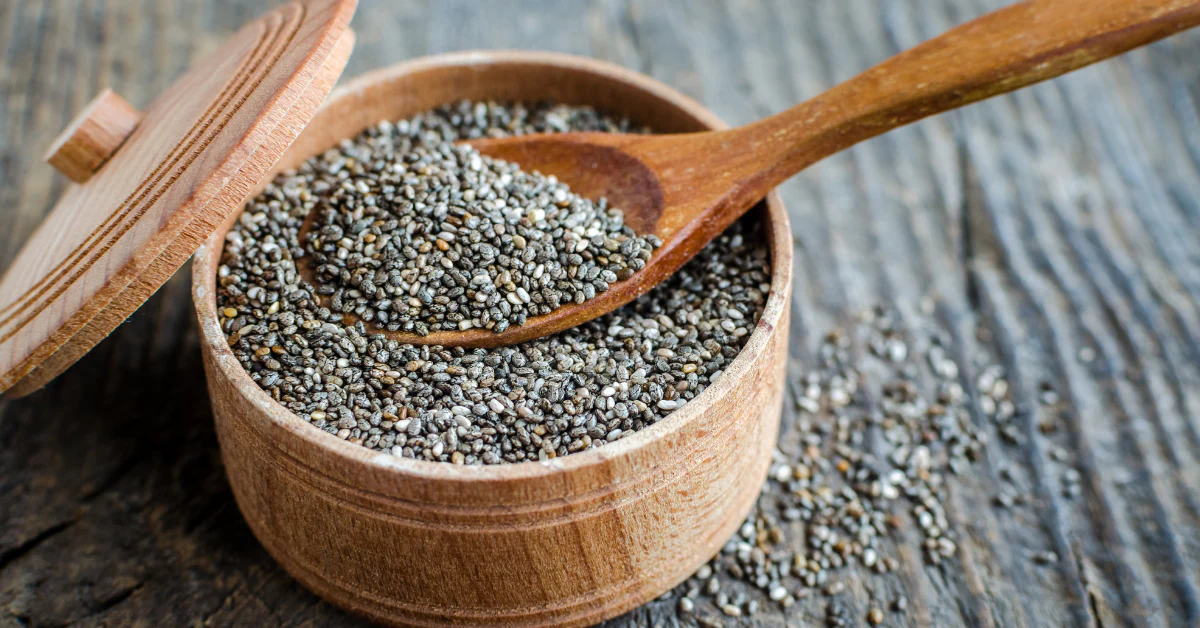
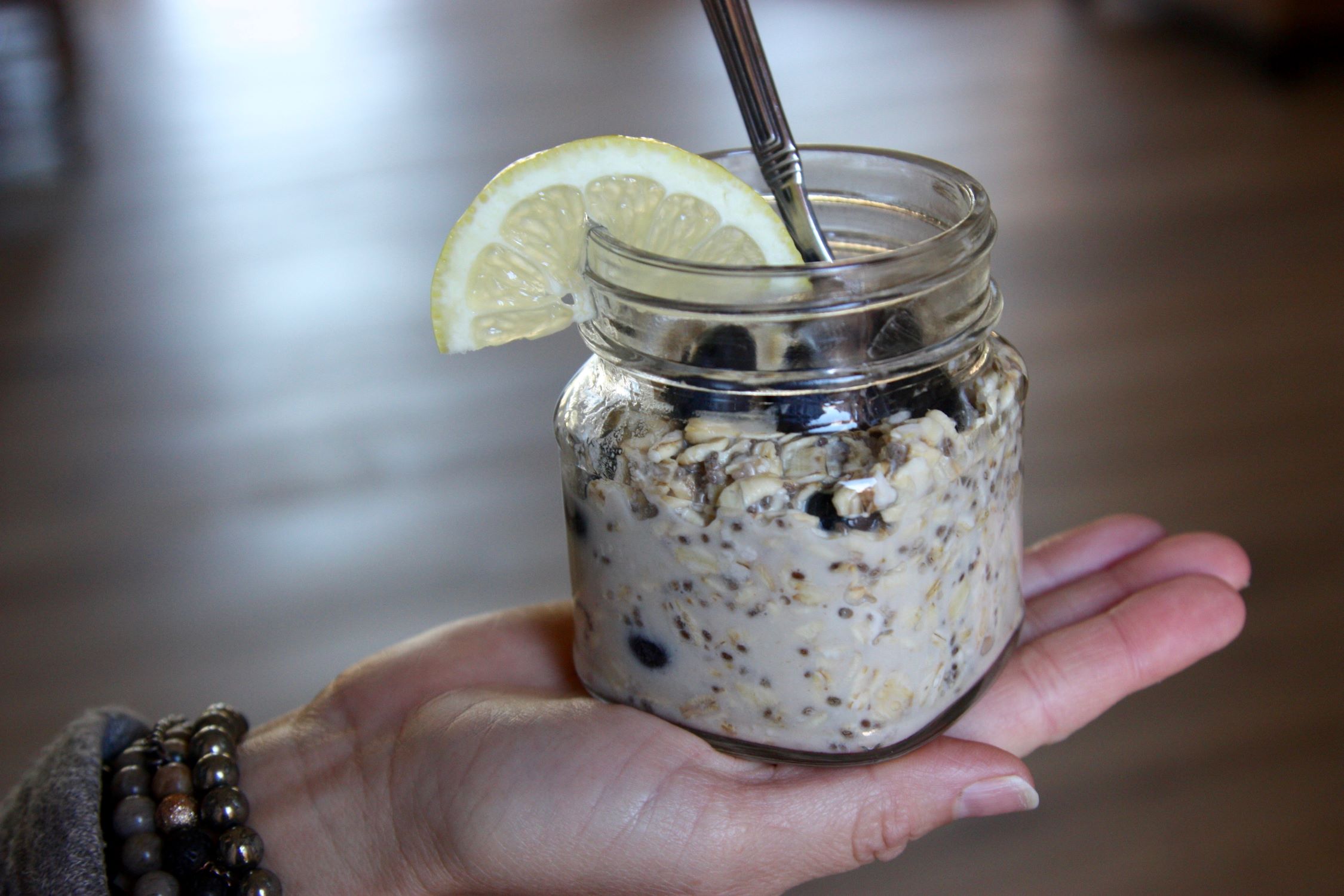
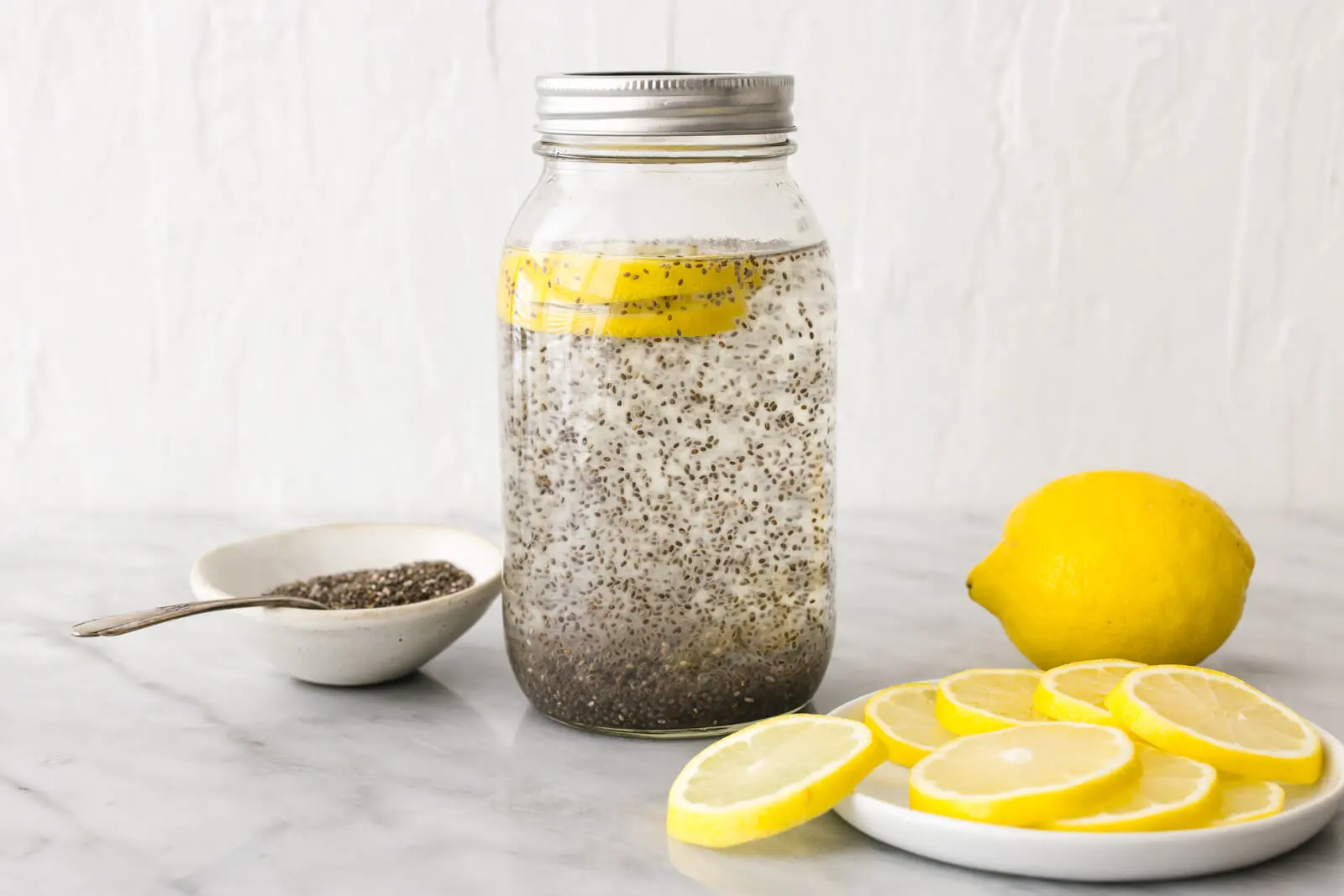
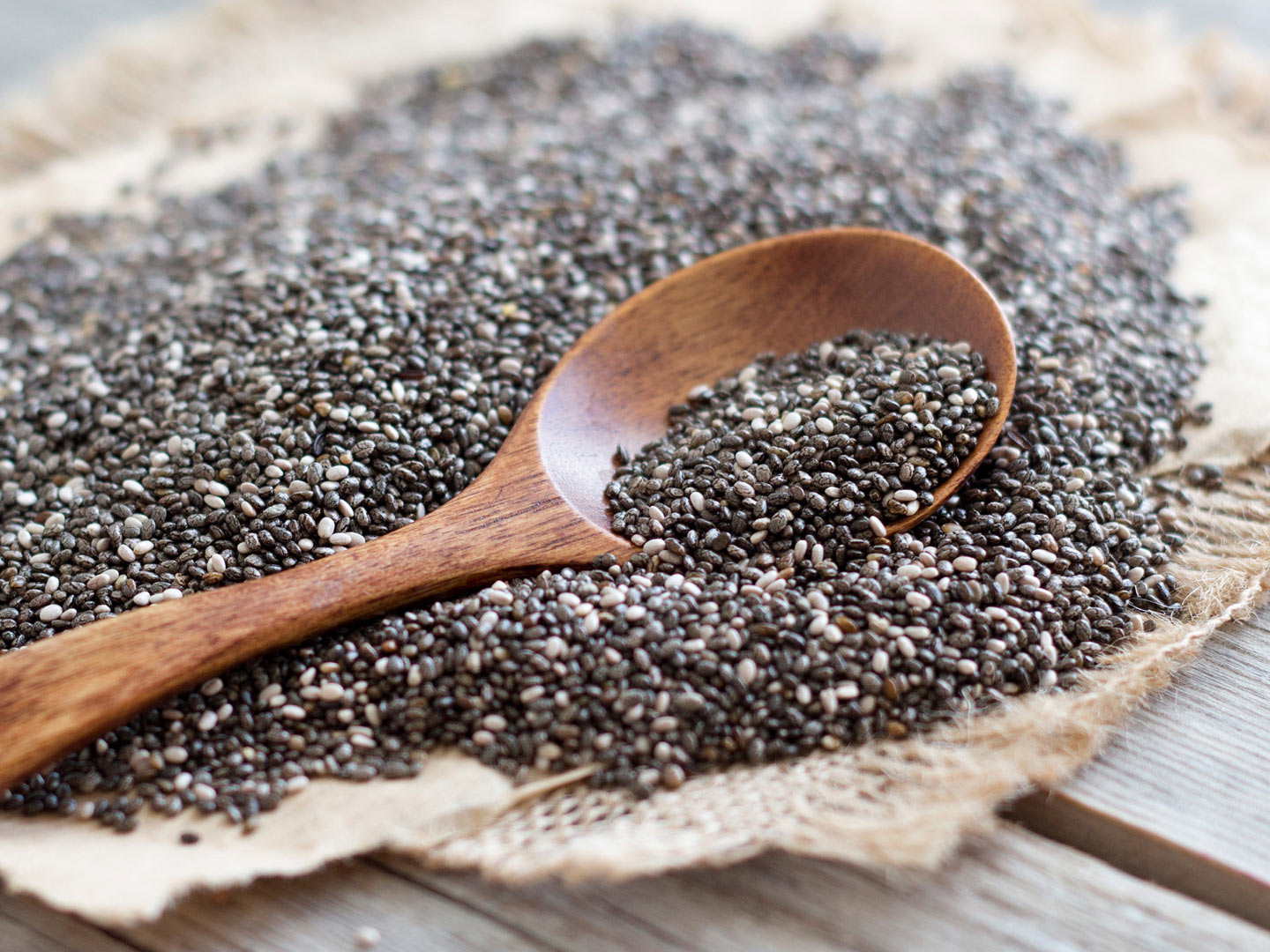
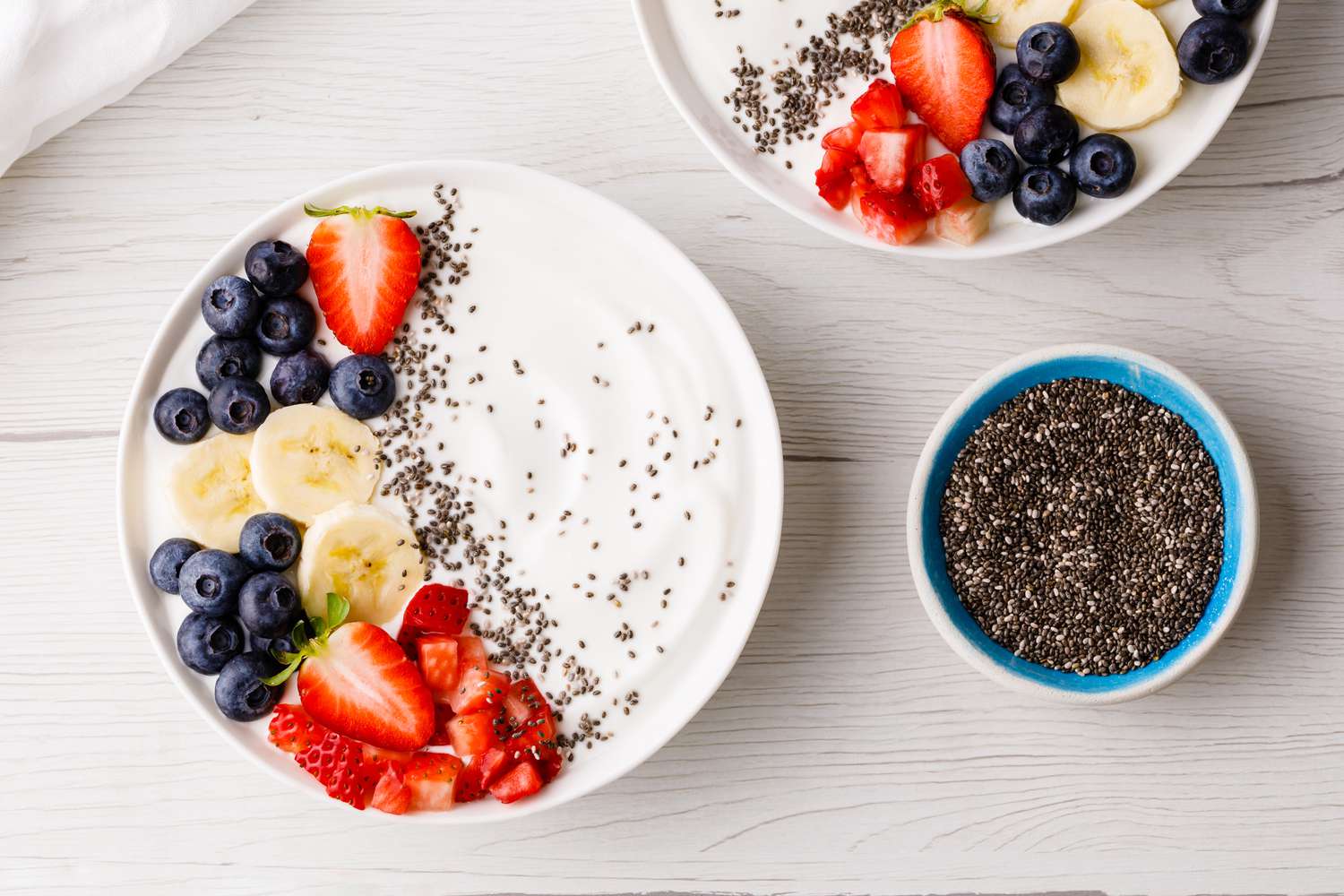
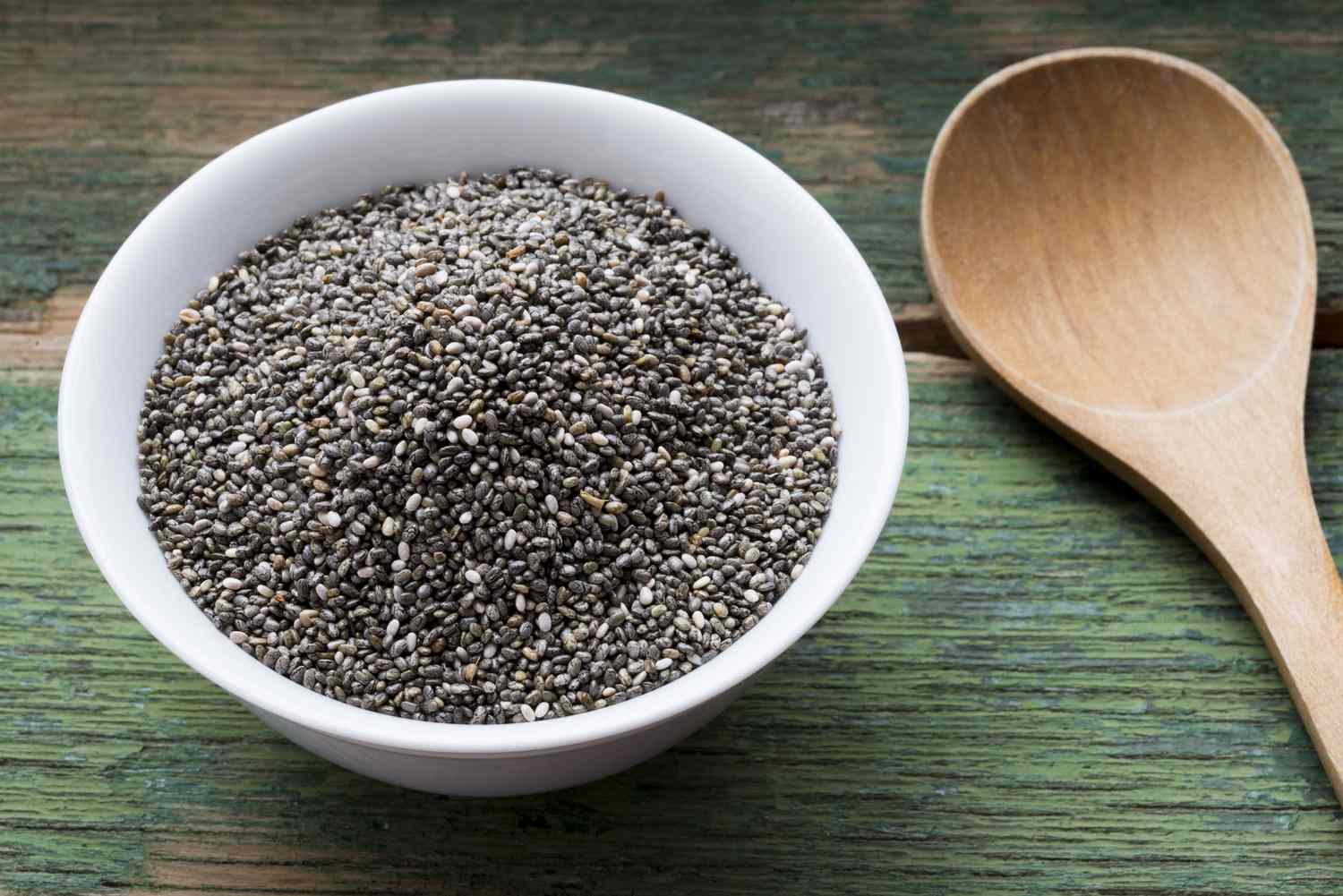
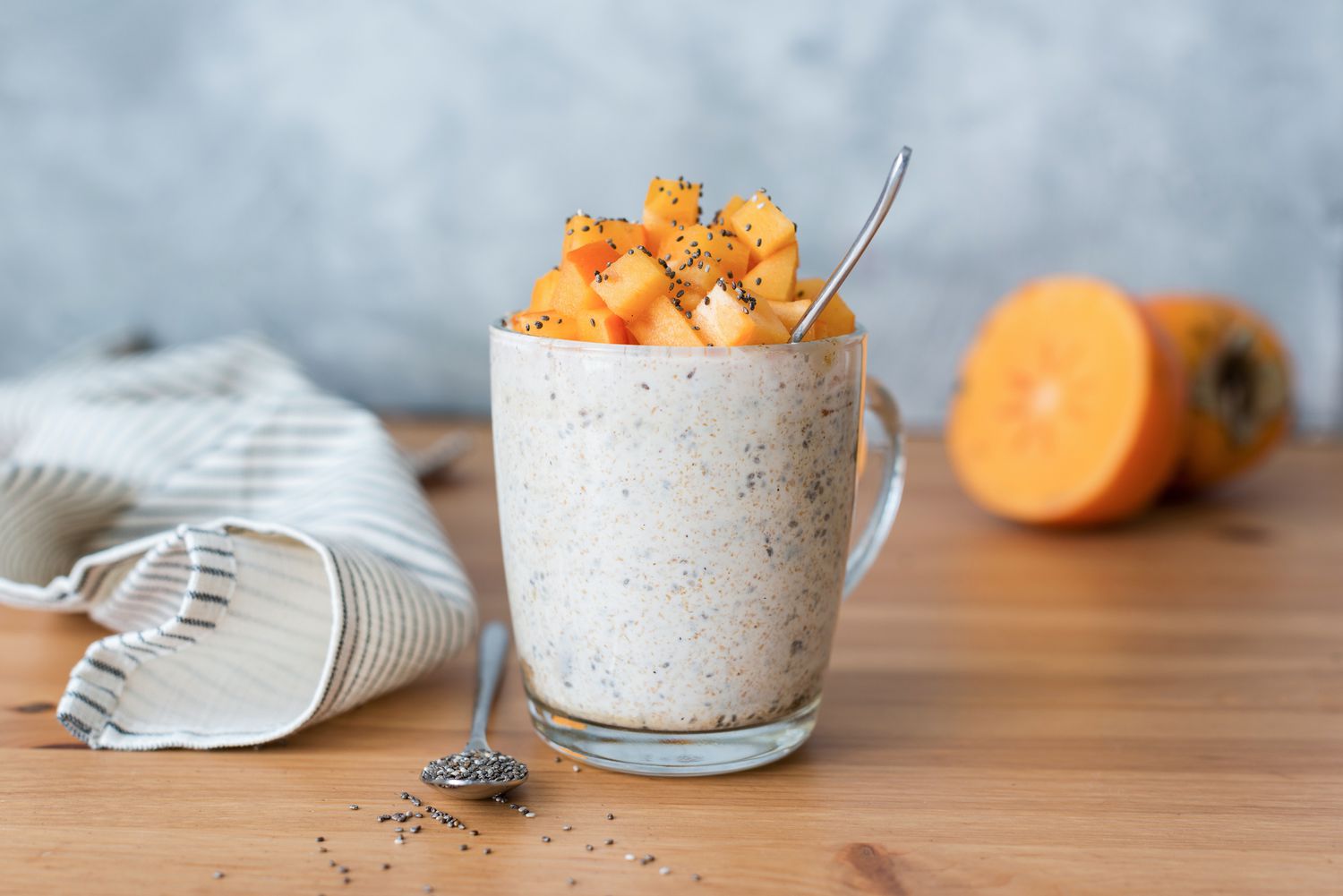
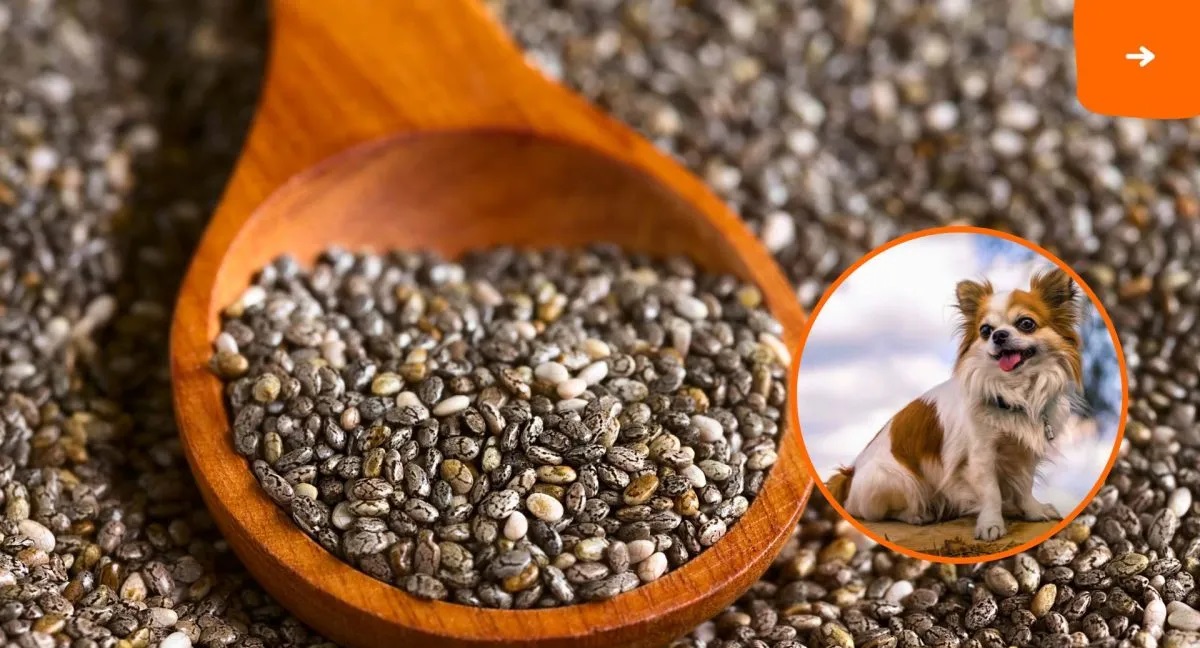

0 thoughts on “How Do You Prepare Chia Seeds”